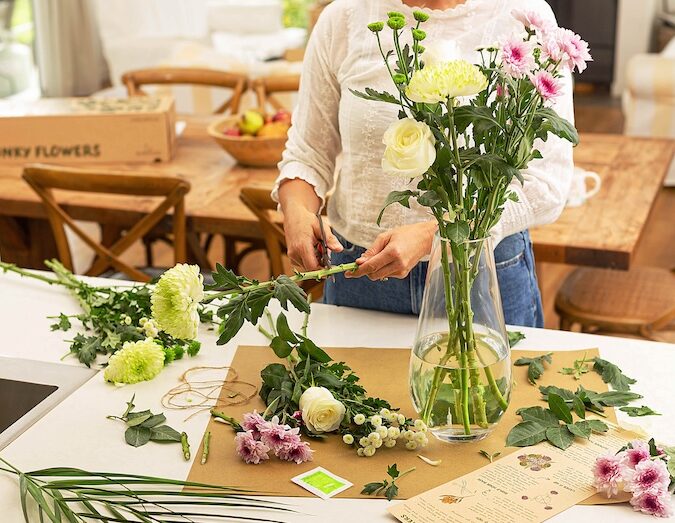
Minimalism became inspirational not through its Buddhist roots or humble beginning, but because of the social media coverage around it. Bloggers with seemingly perfect homes and lives were suddenly preaching the benefits of throwing away all your old things for new more expensive (mostly sponsored) alternatives.
Minimalism is seen by many as a philosophy and a lifestyle, but this lifestyle isn’t easily accessible. Actually, a lot of contemporary minimalism is just materialism with an added spin. Minimalism is being used to influence wealthier individuals to purchase one very expensive, good-quality item over numerous cheaper, low-quality items.
Pair this with an intense commentary on global warming, human wastage, pollution and the need to tread lightly on our planet, and minimalism has quickly become prominent as an aspirational way to live.
The term “minimalist art” (first used in 1929) experienced its major growth during the 1960’s and 1970’s when stripping art down to its fundamental features began showing up in all over. Soon, it crossed over into design and architecture and began to define ‘modern design’. As a result, it has entered our lives subtly over time and made the idea of living and retailing according to minimalist principles plausible.
Minimalism calls for replacing or disposing of old items that lack any special meaning to you, and although a good practise in theory, has been capitalised on by retailers looking to replace those ‘special items’ with their own.
Minimalism in shop design was one of the biggest trends for 2017, but looking back, that minimalism has always been associated with large businesses such as Apple, Gucci, Prada and Louboutin. Simplicity has always been associated with luxury when done right. Now, even standard retailers like Kmart are boosting their image by downsizing their look.
A key example of minimalist store design is skincare chain Aesop. The company utilises sustainable materials in its stores where possible and its retail design echoes its product packaging and its plant ingredients.

Point of sale stands are generally mounted to a sustainable wall, and the stores are clear of clutter and offer a neutral, earthy colour palette. All stores feature a minimalist, sustainable and clutterless aesthetic.
In order to create a more sustainable business model for modern merchandise, retailers need to unlock the power of scarcity. Not to the extent that a store looks dead inside, but to showcase items in a way that shows they’re of the utmost quality and importance, rather than just squished alongside other products.
Retailers that are creating new spaces these days are often a lot sparser than their older counterparts. But they are managing to communicate their brand effectively through this ‘more is less’ mindset that most consumers relate too. Retail minimalism creates calm for shoppers and allow them to focus solely on what product you choose to display.




